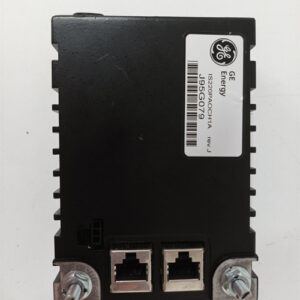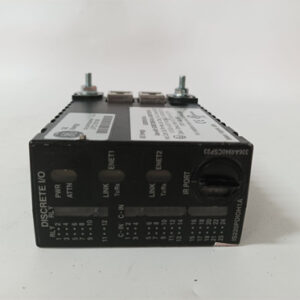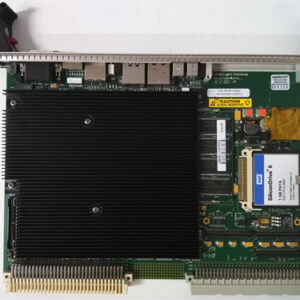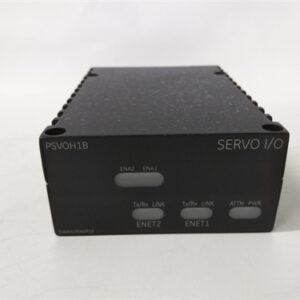الوصف
The GE DS215TCEAG1BZZ01A is a specialized Emergency Overspeed Card with firmware, used in the GE Speedtronic Mark V series of turbine control systems. Its primary purpose is to provide a high-speed, critical layer of protection for the turbine, independent of the main control processors. It is often referred to as a Protective Processor.
Function and Purpose
The DS215TCEAG1BZZ01A is a crucial part of the Mark V’s Triple Modular Redundancy (TMR) architecture. It’s typically located in the “P” core of the control cabinet, which is dedicated to protective functions. The P core often contains three identical TCEA boards (designated X, Y, and Z) that independently monitor the turbine’s critical parameters. The main functions of this board are:
- Emergency Overspeed Protection: This is the most critical function. The board receives signals from magnetic pickups on the turbine shaft to monitor its rotational speed. If the speed exceeds a pre-configured, emergency trip value, the TCEA board will independently initiate a trip signal to shut down the turbine to prevent catastrophic failure.
- Flame Detection: It processes signals from UV flame detectors in the combustion system to confirm the presence of a flame. If a flame is not detected when it should be, or if a flame is detected when it shouldn’t be, the board can initiate a trip.
- Automatic Synchronization: The board handles the logic for automatic synchronization of the generator to the power grid. It receives voltage signals from the bus and generator to ensure that the voltage and frequency are matched before the breaker is allowed to close.
- Built-in Diagnostics: The card includes on-board diagnostics and uses software-implemented fault tolerance (SIFT) to ensure reliability. The redundant TCEA boards can “vote” on a command, and the two-out-of-three majority vote will prevail.
Technical and Design Features
The DS215TCEAG1BZZ01A is a sophisticated, industrial-grade circuit board designed for a single, high-stakes purpose: protection.
- Redundancy: The Mark V system uses three of these boards in a TMR configuration (X, Y, and Z) to ensure that a single component failure will not compromise the overspeed protection.
- Firmware: The “w/firmware” designation is vital as the board’s functionality, including the overspeed trip values and other protective logic, is stored in its on-board EPROMs.
- Connectivity: It features several connectors, including bayonet connectors, which link it to other boards like the PTBA (Pulse Termination Board) and the TCTG (Turbine Trip Card), which ultimately drives the relays to trip the turbine.
- Jumper Switches: The board has a series of hardware jumpers that are used to configure critical parameters, such as the overspeed trip frequency settings. These are configured using a specific I/O configuration editor and must be reset if the board is replaced.

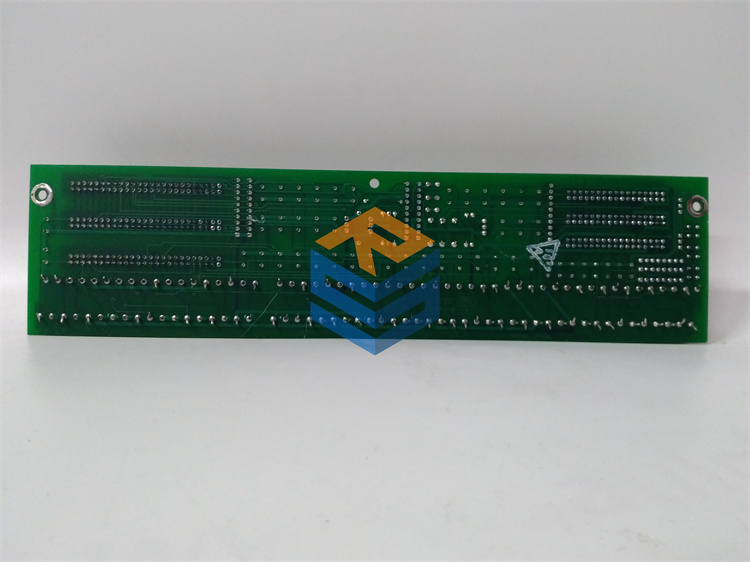
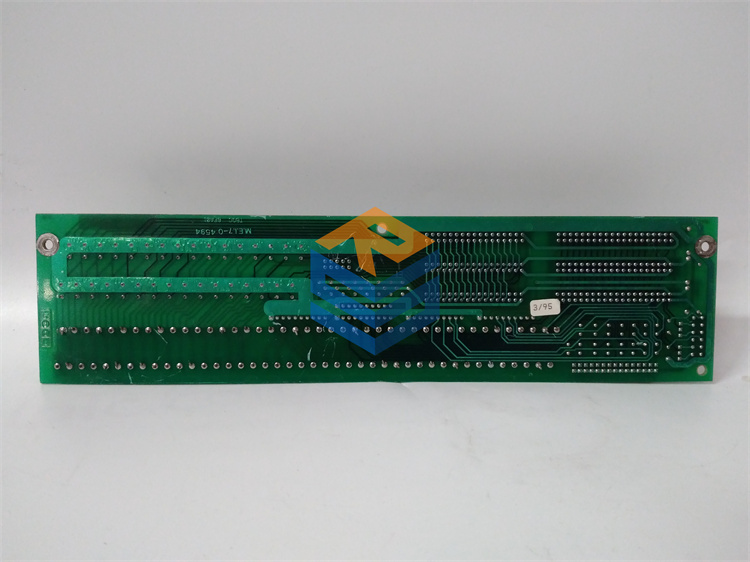

 +86 15340683922
+86 15340683922 +86 15340683922
+86 15340683922